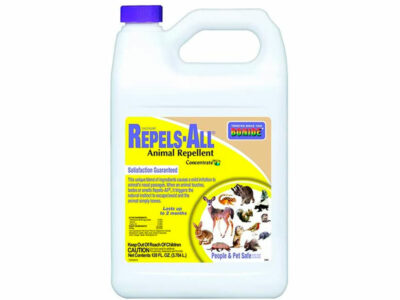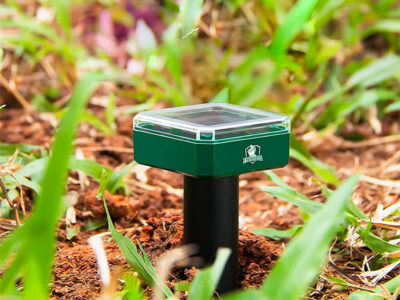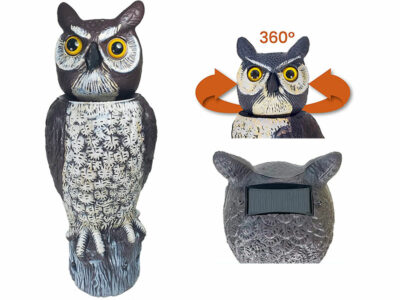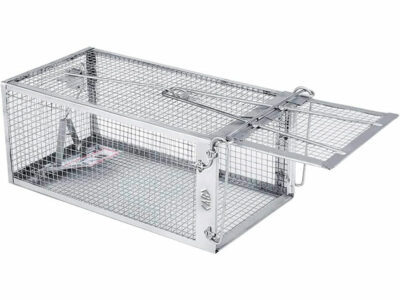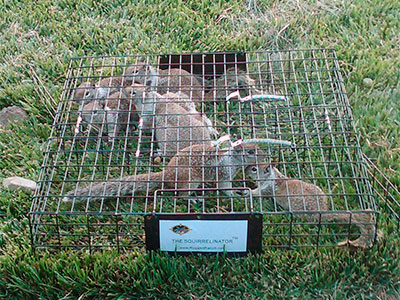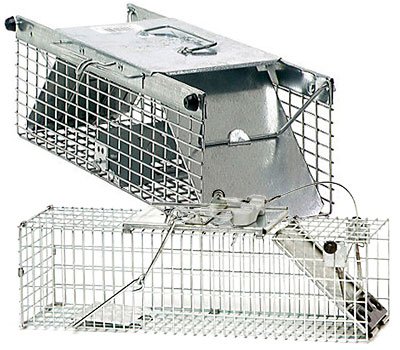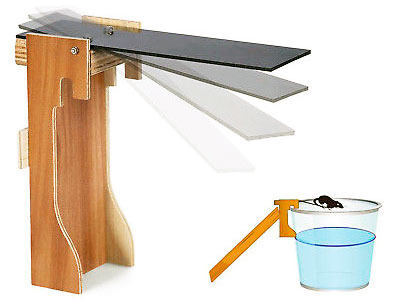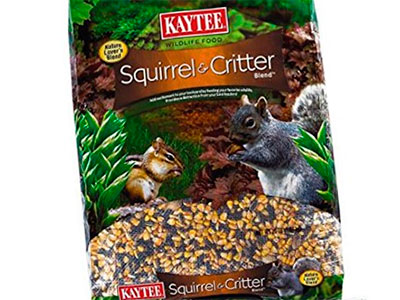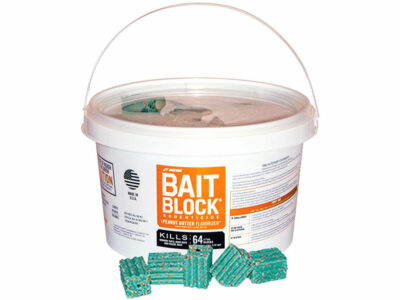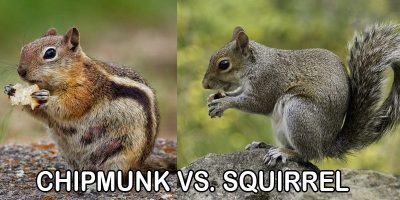Once you’ve experienced a chipmunk infestation, you may realize that these furry rodents aren’t as cute as you thought they were. Chipmunks can cause both interior and exterior damage to your property when they appear in large numbers. They dig holes, destroy landscaping, and make burrows. This comprehensive guide will help you understand how to get rid of chipmunks using prevention, repellents, and traps.
Understanding Chipmunk Behavior and Damage
Chipmunks are small, striped rodents that may appear harmless, but they can cause significant damage when they invade your property. Before discussing control methods, it’s important to understand what you’re dealing with.
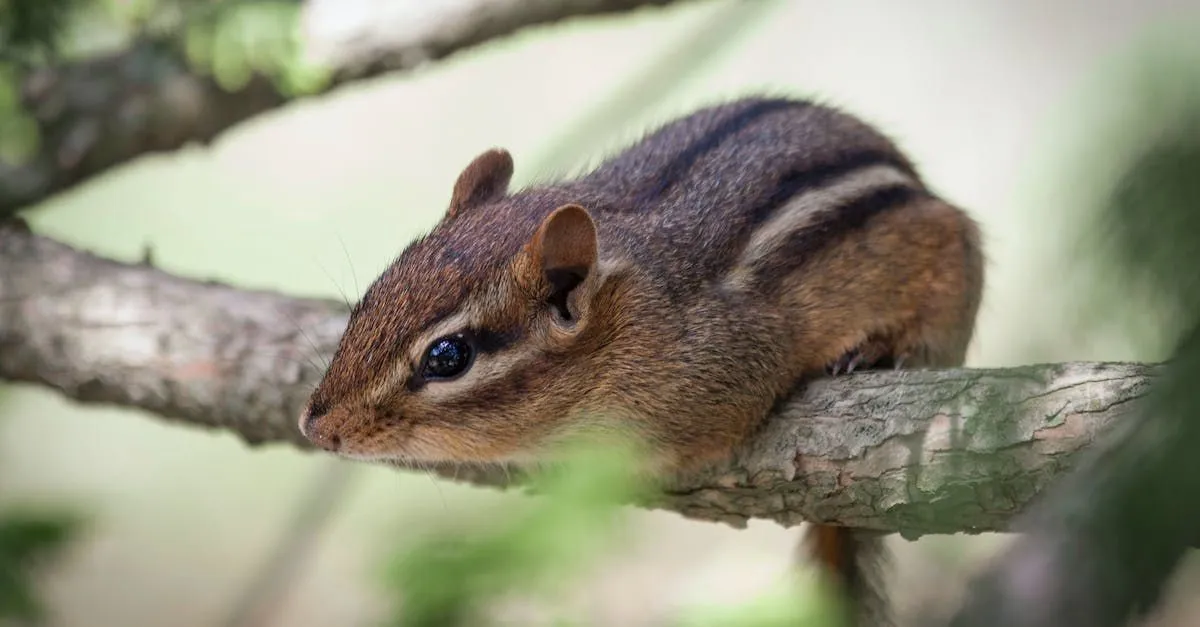
There are two main types of chipmunks you might encounter:
- Eastern (Tree) ChipmunksThese live only in North America, measure about 7 to 10 inches long with tails of 4 to 5 inches, and have grayish-brown fur with reddish hues on their heads and shoulders.
- Western (Ground) ChipmunksFound in both North America and Asia, they’re slightly larger at 8 to 12 inches with 5 to 6 inch tails. Their fur is light brown with reddish tints on the face, shoulders, and at the base of the tail.
Common Chipmunk Damage
Despite their small size, chipmunks can be surprisingly destructive. Here are some common types of damage they cause:
- Structural damage caused by burrowing under stairs, patios, and foundations
- Eating flowers and plants in gardens
- Digging holes and burrows throughout lawns
- Destroying plant bulbs and seeds
- Breeding and expanding their presence rapidly
- Creating entry points into homes
Prevention Methods: Keep Chipmunks Away
Prevention is always the best approach when dealing with chipmunks. Here are effective methods to keep them away from your property:
1. Exclusion Techniques
Exclusion Tips
- Remove debris, wood piles, and other potential nesting sites
- Put away pet food after feeding time
- Seal cracks and openings that might let chipmunks into your house
- Install L-shaped footers (barriers that extend both down and outward) around foundations
- Create a plant-free gravel border around your property
2. Landscaping Adjustments
Strategic landscaping can make your yard less inviting to chipmunks:
- Keep grass and bushes trimmed, especially near entrances to your home
- Remove rock piles and excessive mulch where chipmunks can hide
- Create a buffer zone between wooded areas and your lawn
- Secure garbage bins with tight-fitting lids
- Avoid leaving pet bowls outdoors, as food attracts rodents
3. Chipmunk-Repelling Plants
Certain plants naturally repel chipmunks and can be strategically placed around your garden:
Daffodil (Narcissus)
 Narcissus plants contain toxic alkaloids and calcium-oxalate crystals that repel chipmunks. These spring flowers not only beautify your yard but also create a natural barrier against chipmunks.
Narcissus plants contain toxic alkaloids and calcium-oxalate crystals that repel chipmunks. These spring flowers not only beautify your yard but also create a natural barrier against chipmunks.
French Marigold (Tagetes patula)
 French marigolds are beautiful flowers that also work as natural repellents for chipmunks and other rodents. Their strong scent keeps chipmunks at bay while adding color to your garden.
French marigolds are beautiful flowers that also work as natural repellents for chipmunks and other rodents. Their strong scent keeps chipmunks at bay while adding color to your garden.
Grape Hyacinth (Muscari armeniacum)
 These beautiful, fragrant flowers act as natural repellents for chipmunks while enhancing your garden’s appearance. They’re widely available at garden centers and even some grocery stores.
These beautiful, fragrant flowers act as natural repellents for chipmunks while enhancing your garden’s appearance. They’re widely available at garden centers and even some grocery stores.
How to Get Rid of Chipmunks Using Repellents
If prevention methods aren’t enough, repellents can provide additional protection. Here are the top chipmunk repellents available:
Quick Picks: Best Chipmunk Repellents

Editor’s Choice

People’s Choice
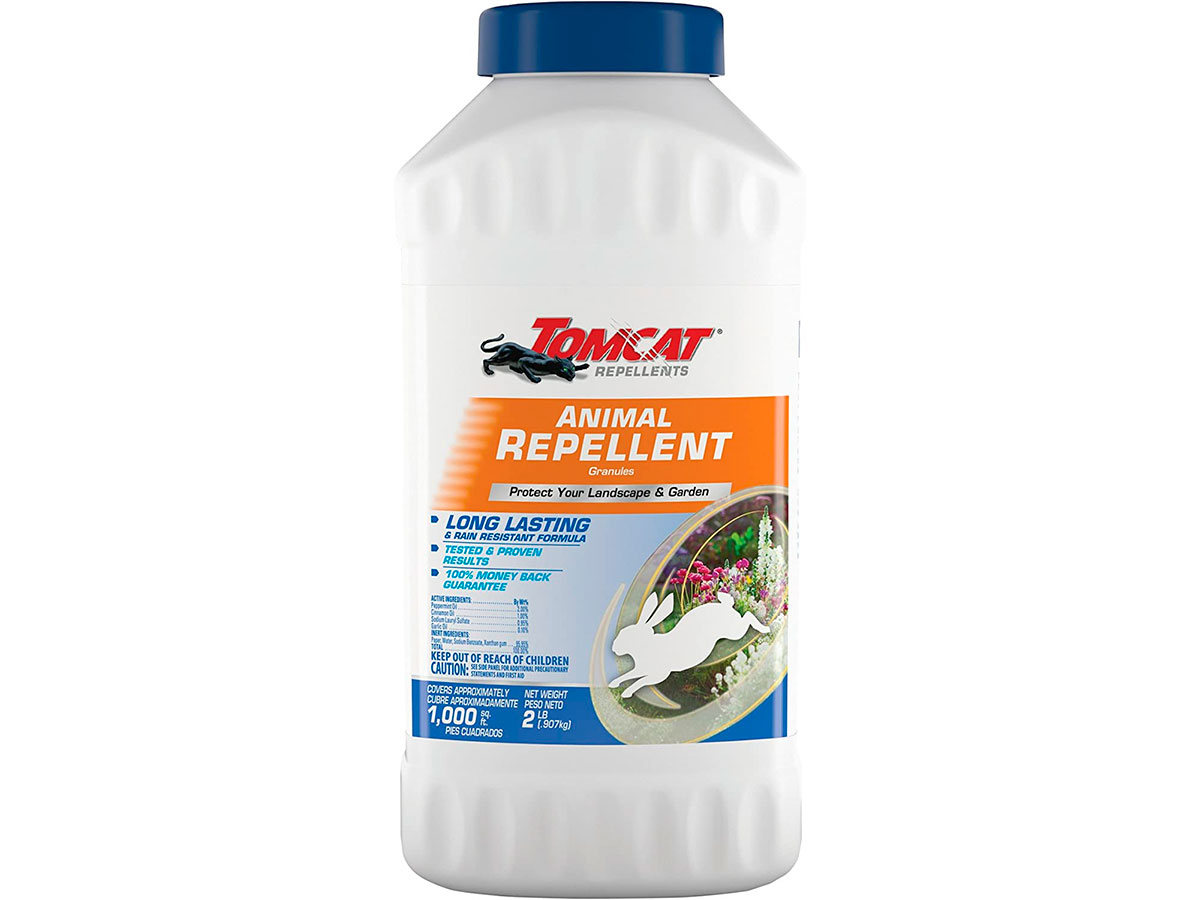
Best Natural Option
1. Bonide Repels-All Animal Repellent Concentrate
Bonide Repels-All Concentrate is the best chipmunk repellent spray for your yard and car. This product stands out due to its effective ingredients and lasting power. The active ingredients (2.52% putrescent whole egg solids, 0.12% cloves, 0.06% garlic oil) create a scent barrier that chipmunks find intolerable, lasting up to 2 months without reapplication.
Unlike many repellents with unpleasant odors, Bonide Repels-All has a more tolerable scent similar to cloves and spices rather than the fishy smell of other products. This makes it more comfortable to use around your home, pets, and family. The formula is also biodegradable and environmentally friendly.
How to Use
- Mix the product with water (1 part concentrate to 7 parts water)
- Shake the container well before each application
- Spray around your yard (5 ft away from your foundation), trees, plants, and areas where chipmunks burrow or run
- Pay special attention to holes and entry points
- Reapply every 7-10 days for optimal results
- Long-lasting protection (up to 2 months)
- More pleasant scent than other repellents
- Made with natural ingredients safe for family and pets
- Biodegradable formula that doesn’t harm the environment
- May not completely stop determined chipmunks
- Requires mixing before use
- Needs regular reapplication in wet conditions
2. Thanos Solar Repellent Stakes
For those seeking a non-chemical approach, Thanos Solar Repellent Stakes offer an innovative solution. These solar-powered stakes emit high-frequency sounds that are irritating to chipmunks but inaudible to humans. Since chipmunks are territorial creatures, these sounds will disturb them enough to leave the area.
How It Works
The repeller emits 2-4 seconds of ultrasonic tones every 30 seconds. These sounds create an uncomfortable environment for chipmunks without causing harm to them or to pets. The solar-rechargeable battery powers the device continuously without requiring replacement batteries or electricity.
Recommendations for Best Results
Setup Tips for Solar Repellers
- Place stakes in open areas away from objects that might block sound waves
- Position them outdoors near areas you want to protect
- Keep them within 30 feet of where chipmunks are active
- Ensure they receive direct sunlight for optimal performance
- Allow time for chipmunks to gradually leave as they become uncomfortable with the sound
- No batteries needed – solar-powered operation
- Covers a wide area with multiple stakes
- Lightweight and easy to store
- Environmentally friendly solution
- Takes time to show results
- Cannot be used in shade
- Effectiveness may vary depending on chipmunk pressure
3. Tomcat Animal Repellent Granules
Tomcat Animal Repellent Granules offer a 100% natural approach to deterring chipmunks. Unlike other repellents that use foul odors or harsh chemicals, this product relies on natural ingredients such as peppermint oil (2%), cinnamon oil (1%), garlic oil (0.1%), and sodium lauryl sulfate (0.95%) to create an environment that chipmunks find unpleasant.
This granular repellent is quick and easy to use with its hinged caps for simple application. Simply flip the lid and broadcast the granules in desired areas. One application can cover up to 1,000 square feet, making it an economical solution for larger properties.
How to Use
Apply the granules to areas where chipmunks are active, focusing on garden beds, along foundations, and entry points. Reapply every 2-3 weeks, or more frequently during periods of heavy rain or intense animal pressure.
- Natural ingredients safe for humans and pets
- No foul odors
- Long-lasting protection
- Easy application with no mixing required
- May not be sufficient for severe infestations
- Requires more frequent reapplication in wet conditions
- Only repels chipmunks already in your yard
4. Solar Rotating Owls
Another effective deterrent is a solar rotating garden owl. These decorative devices can turn their heads or light up their eyes, simulating the presence of a predator. You can find owls powered by solar energy, batteries, electricity, or wind.
Effective Trapping Methods
When repellents aren’t enough, trapping becomes the most practical and efficient way to control chipmunks. There are two main types of traps available:
Live Traps
These capture chipmunks without harming them, allowing for relocation. They’re humane and can be used repeatedly.
Lethal Traps
These include snap traps, electrocution traps, and bucket traps. They kill chipmunks rather than capturing them alive.
Quick Picks: Best Chipmunk Traps
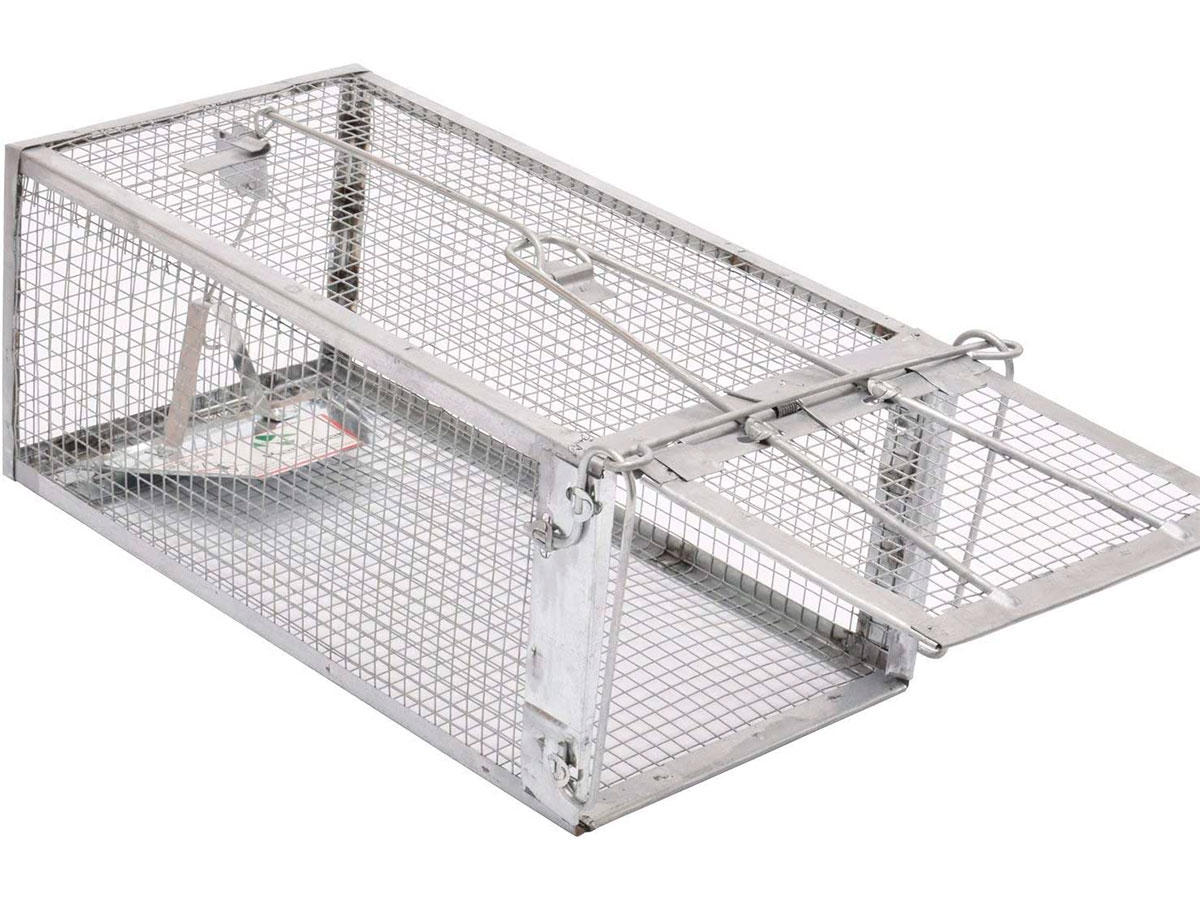
Best Choice
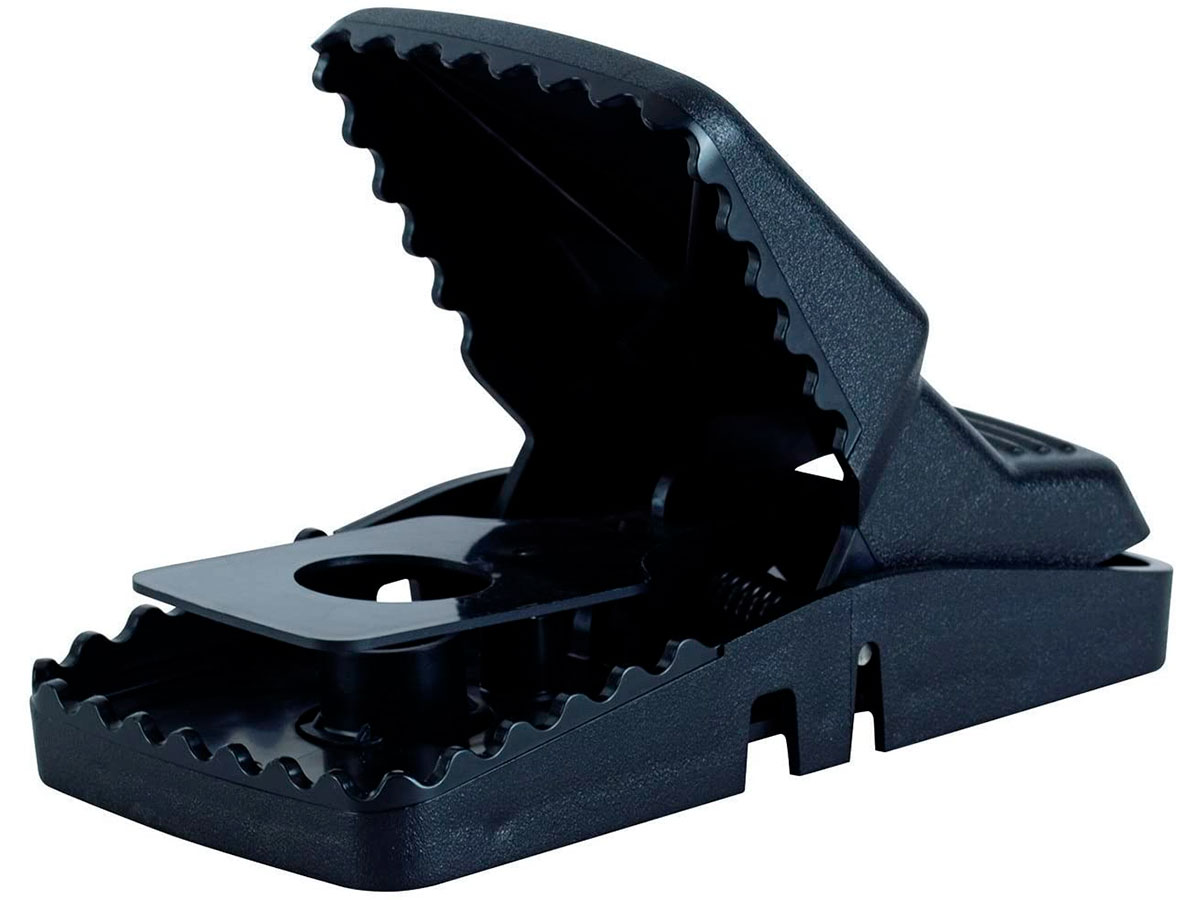
Best Budget
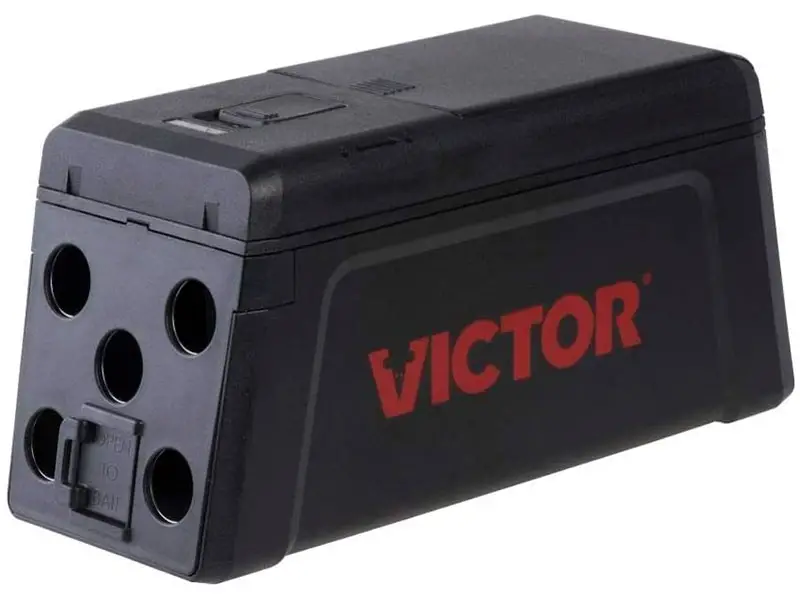
People’s Choice
Live Traps for Humane Removal
1. Small Single-Door Cage Trap
This humane cage trap features a spring-loaded, locking trap door that securely captures chipmunks without harming them. The gravity action door and solid handle make it perfect for professional trappers and homeowners alike. Built from durable materials, this trap will last for years of outdoor use.
2. Squirrelinator Multi-Catch Trap
The Squirrelinator trap is ideal for catching multiple chipmunks at once – up to 25 in just a matter of hours. Constructed of sturdy wire mesh with two tightly fastened gravity security doors, this trap is both effective and humane. It’s perfect for addressing larger infestations efficiently.
3. Havahart Traps
Havahart traps are some of the most trusted live animal traps on the market. They come in one-door and two-door versions, with the two-door models allowing chipmunks to enter from either direction. These traps feature easy-set mechanisms and handles on top for convenient carrying. Havahart offers traditional designs, premium “easy-set” technology models, and collapsible space-saving options.
Lethal Traps
If humane removal isn’t practical in your situation, lethal traps can quickly address a chipmunk problem.
1. Tomcat Snap Trap
Tomcat Snap Traps offer an affordable and effective solution. They’re easy to set and sensitive enough that chipmunks have difficulty stealing the bait without triggering the mechanism. These traps are designed to catch and immediately kill the rodent, making them a quick solution to chipmunk problems.
2. Victor Electronic Rodent Trap
This electronic trap delivers a humane 6000V electric shock that instantly kills chipmunks when they touch the steel plates on the floor of the trap. Powered by 4 ‘C’ batteries (not included), it can eliminate up to 50 rodents per set of batteries. The trap features indicator lights that flash red when activated or green when a chipmunk has been caught, along with an optional sound signal.
- Easy to set up and use
- Battery-powered for versatile placement
- Indicators show when trap is activated/successful
- Easy to clean without touching the rodent
- More expensive than simple traps
- Beeping sound can be irritating (can be turned off)
- Requires battery replacement after about 50 uses
- Not suitable for catching multiple chipmunks at once
3. Bucket Trap Method
The bucket trap is an affordable DIY option that can be created at home or purchased pre-made. This system uses a ramp that leads to a bucket, with bait placed at the end of the ramp. When the chipmunk attempts to reach the bait, it falls into the bucket. You can fill the bucket with water for a lethal trap or leave it empty for live capture.
Commercial versions like the “Walk the Plank” trap offer a more reliable design with a counterbalanced platform that tips when the chipmunk reaches the bait.
Best Practices for Trapping
Trapping Tips
- Location is crucial: Place traps in areas where chipmunks are frequently seen, preferably in shady areas along their travel paths
- Be patient: It may take time for chipmunks to become comfortable with the trap
- Check traps regularly: Live traps should be checked at least twice daily to prevent unnecessary suffering
- Proper release: Release captured chipmunks at least 5-6 miles away from your home to prevent their return
- Sanitation: Clean and disinfect traps after each capture to prevent disease spread
Best Baits for Chipmunks
Effective baiting is crucial for successful trapping. Chipmunks have preferences for certain foods that can make your traps more enticing.
What Do Chipmunks Eat?
Chipmunks are omnivores with varied diets. In the wild, they eat nuts, fruits, seeds, berries, insects, and occasionally bird eggs. One chipmunk can store more than 8 pounds of food in its burrow for winter.
Most Effective Chipmunk Baits
- Sunflower seeds (black oil variety is most attractive)
- Peanut butter
- Unroasted peanuts
- Corn (fresh or dried)
- Cereal
- Dried fruits
- Prune pits
- Grains and seeds
Commercial Baits
Pre-made chipmunk baits are available for those who prefer a professional approach:
Kaytee Squirrel & Critter Bait contains a rich mix of nuts, seeds, and corn with a compelling aroma that attracts chipmunks from a distance. It’s effective year-round and provides a consistent lure for multiple trapping attempts.
Chipmunk Poison: A Last Resort
Using poison to control chipmunks is generally not recommended for several reasons:
Chipmunk poison has significant drawbacks:
- Chipmunks store food rather than eating it immediately, making poison less effective
- Poison creates risks for other wildlife, pets, and even children
- Poisoned chipmunks may die in inaccessible areas, creating odor problems
- Many jurisdictions have restrictions on using rodenticides
There is only one chipmunk poison registered by the EPA: JT Eaton 704-PN Bait Block Anticoagulant Rodenticide. This product should only be used as a last resort when other methods have failed, and always following the manufacturer’s instructions precisely.
If you must use this product, take these safety precautions:
- Store the product out of reach of children and pets
- Never place bait where there’s any possibility of contaminating water or food
- Use only in the original container, which should not be reused after disposal
- Apply only in areas specified on the label
Legal Considerations and Relocation
Before attempting to trap and relocate chipmunks, it’s important to understand both the legal and ethical considerations involved. In many states, there are specific regulations regarding wildlife relocation.
The Humane Society cautions that relocation may not be as humane as it seems. Learn more about the potential consequences of relocating wildlife before choosing this option.
If you decide that relocation is necessary, follow these guidelines:
- Check your local and state regulations regarding wildlife trapping and relocation
- Release chipmunks at least 5 miles from your property in suitable habitat
- Avoid relocating chipmunks in late summer or fall, when they need access to their food caches for winter survival
- Always handle traps with gloves to minimize human scent and stress to the animal
When to Call Professional Help
While most chipmunk problems can be addressed with the methods described in this guide, some situations may require professional intervention:
- You have a severe infestation that DIY methods haven’t resolved
- Chipmunks have caused structural damage to your home or property
- You’re unsure about local regulations regarding wildlife removal
- You’re uncomfortable handling traps or repellents yourself
- The chipmunks are in hard-to-reach areas like walls or crawl spaces
Professional pest control services have access to specialized equipment and treatments that may be more effective for severe infestations. They also understand local wildlife regulations and can ensure humane and legal removal.
Frequently Asked Questions
Where do chipmunks go in the winter?
Chipmunks hibernate during winter months, spending about eight or nine months asleep in their underground burrows. They have thicker and denser fur than most small rodents, providing insulation from the cold. They typically don’t emerge again until spring.
Where do chipmunks sleep?
Chipmunks sleep in underground burrows, often lying on their backs with their feet in the air or curled in a “half-moon” shape on their sides. Their burrows contain nesting material like leaves, straw, and wood. While primarily nocturnal, chipmunks also nap in sun-filled spots during warmer days.
How do I stop chipmunks from digging holes in my yard?
To stop chipmunks from digging holes in your yard:
- Remove wood or rock piles that provide shelter
- Install L-shaped footers (cement bases) around plants and structures
- Create a plant-free gravel border around your property line
- Use repellents around the perimeter of your yard
- Install barriers around garden beds and valuable plants
Do mothballs keep chipmunks away?
Mothballs are generally ineffective against chipmunks and will typically only work for a few hours, if at all. Additionally, mothballs contain toxic chemicals that can harm the environment, pets, and wildlife. It’s better to use specifically designed repellents that are safer and more effective.
What smell do chipmunks hate the most?
Chipmunks are particularly repelled by garlic. Its natural properties act as a repellent against both small pests like ants and fleas, as well as larger ones like chipmunks. Other scents they dislike include peppermint, cinnamon, and predator urine.
Can I pour bleach in a chipmunk hole?
No, you should not pour bleach in a chipmunk hole. This can cause chlorine poisoning and suffering to the chipmunks, potentially killing adults and any babies in the burrow. Bleach can also damage the surrounding soil and plants, and may be illegal in some areas as a form of wildlife control.
Conclusion
Controlling chipmunks requires a multi-faceted approach that combines prevention, repellents, and if necessary, trapping. By understanding chipmunk behavior and implementing the strategies outlined in this guide, you can effectively manage these rodents and protect your property from damage.
For prevention and long-term control, Bonide Repels-All Concentrate offers an excellent natural repellent solution that lasts up to two months. The Thanos Solar Repeller Stakes provide a humane, non-chemical alternative that works continuously without batteries. For immediate removal, the Humane Rodent Cage Trap offers the most effective and humane option.
Remember that each situation is unique, with various factors affecting which method will work best. Start with prevention and repellents before moving to trapping, and consider the well-being of the animals even when they’re causing problems. With persistence and the right approach, you can successfully manage chipmunk populations around your home.
